Review: The Anker Powerhouse II 400 is expensive, but it's worth it
With this much portable power, the charging potential is almost perfect — almost.
Update, February 2021: Anker Powerhouse II 400 review, 4 months later
This summer, my family and I started doing a lot of camping, and so when I was asked to do an Anker Powerhouse II 400 review, I couldn't have been more excited. While high capacity portable chargers are becoming more ubiquitous these days, even the best battery packs won't match a capacity equalling 108,000mAh or have the flexibility of ports.
The Powerhouse II 400 is a 300W, or 388.8Wh, charging station that can power up to eight devices at once with various charging ports — including a DC car socket, 110V AC plug, and of course, USB ports. I have used Powerhouse to charge my laptop and phones, run a fan, even keep a powered cooler running for hours while on the way to our camping destination.
Once we made it to our camping location, as the sun was setting, using the Powerhouse's built-in LED flashlights was great to help get everything organized before we settled in for the night. The Powerhouse II 400 can power anything plugged into it so long as you keep the output under 300W, so no running your fridge with it. While there is a lot to like about this device, it isn't perfect — so let's get into some more details.
Anker Powerhouse II 400
Bottom line: The Anker Powerhouse II 400 is a sturdy power station with multiple output ports and power to safely keep various devices up and running. The LED read-out and built-in flashlights are also great perks on this unit.
The Good
- Large power capacity up to 388.8Wh
- Nice variety of output ports
- 60W max USB-C and 36W USB-A
- Two built-in LED lights
- Easy to read LED display
The Bad
- 300W output from the AC outlet can be limiting
- Only 1 USB-C port and AC outlet
- It's pretty pricey
$400 at Amazon $650 at Walmart
Big power, small box
Anker Powerhouse II 400: What I like
As I said before, my family and I got into camping a bit more this summer, as my two boys are at the age where they can enjoy it a bit more. When we go camping, we attempt to disconnect as much as possible and limit our electronics. However, electricity is still needed for specific applications, and phones are necessary if nothing else than for emergencies.
| Specs | Anker Powerhouse II 400 |
|---|---|
| Dimensions | 10 x 5.8 x 5.5 in |
| Weight | 10.2 lbs |
| Battery | Cell Capacity: 108,000mAh Rated Capacity: 27,000mAh 14.4V/388.8Wh |
| Display | LED |
| Operating Temperature | 32°F-104°F |
| Water and Dust resistance | Info |
| Output | AC (Pure Sine Wave): 110V~ 2.72A, 50Hz / 60Hz, 300W USB-A: 5V 7.2A (2.4A Max Per Port) USB-C: 5V 3A / 9V 3A /15V 3A / 20V 3A (60W Max) Car Socket + 5.5 mm DC: 12V 10A (120W Max) |
| Input | DC Input: 11-28V 5.5A (65W Max) USB-C Input: 5V 3A/9V 3A/15V 3A/20V 3A (60W Max) USB-C 60W + 65W DC Input: 125W Max (USB-C Charger not included) |
For smartphones, taking one of the best USB-C battery banks out there is fine if all we need to keep powered is our phones, but more power and options are always nice if you have the room. This is where the Anker Powerhouse II 400 comes into play. With as much as 5-times the capacity of even some of the beefiest power banks. Now, the Powerhouse is about more than just how many times it can charge a phone; it's also about port options.
You can charge up to 8 devices simultaneously with the Powerhouse II 400 from the USB-A, USB-C, DC car socket, and an AC outlet. The front of the unit has three buttons that allow you to control when outlets are using power from the Powerhouse manually. That kind of flexibility is great to have on-hand, allowing you to carry fewer power supplies.
The AC outlet, house plug, can pump out up to 300W of power with a pure sine wave inverter. This output means that it doesn't cause electrical interference or noise when powering things like speakers, TVs, lights, and more. This is important to not only your sanity of not watching flickering lights but also to the health of the item plugged in as "dirty" power can damage it.
Using PowerIQ technology, the USB-A ports intelligently output up to 36W, and the USB-C port can provide up to 60W with its PowerIQ 3.0 to fast charge your phone. So no more slow charging your phone or laptop as with a basic power bank. Thanks to the LED display on the front of the unit, you can see how much power is going in, out, the remaining capacity, and approximately how long you'll have power.
Outside of the large capacity and various plug options, my favorite feature is the amber lamp on the back of the Powerhouse.
One of my favorite features on the Anker Powerhouse II 400 is the built-in LED flashlights. On one end of the unit is a typical white LED light with a button to turn the light low, bright, and flash modes. The less commonly seen flashlight style is the very welcoming, warm amber lamp on the Powerhouse's back. We used it as a light while getting ready for bed or getting around in the early hours before sunrise.
When it comes to recharging the Powerhouse, Anker includes a 65W DC power adapter. Even with all of this power going in, it still took over 6 hours to charge it back to full from 9% battery remaining. Using a 60W USB-C and the included 65W DC adapter, you can charge the unit up with the 125W max allowance for a speedier fill-up. For another charging option, there is also the option of using solar powered charger at up to 65W DC output using a 7.9 x .9mm barrel adapter.
There's still limits
Anker Powerhouse II 400: What I don't like
While there is a lot to like with the Anker Powerhouse II 400, there are still a few downsides. There is only a single USB-C and AC outlet on the Powerhouse. As more and more devices move to USB-C as the charging method, it would be nice to have additional ports for that medium since higher wattage devices use USB-C to C cables rather than USB-A to C.
At this price, the Anker Powerhouse II 400 could use more USB-C ports — and an extra AC outlet while we're at it.
The solo AC outlet is a downer as well because there are times where you need two outlets. Perhaps you need to run two fans or charge a laptop and power a lamp. The point is that having more isn't a bad thing for a charging station with plenty of capacity to handle it. The other issue is that the max output for the Powerhouse is 300W via the AC outlet.
Though 300W is a lot of power, you might be surprised at the appliances that need more to operate properly. Sure, something like a refrigerator or a microwave may seem evident that you wouldn't be able to run — what about a hairdryer, toaster, or a hot plate? Some coffee makers need upwards of 300 or more watts, so though the limit is high, it could be better. If do you plug in something that requires more power, the Powerhouse will automatically shut off as a safety measure.
The competition
If big power is what you are looking for, then Jackery has you covered. The Explorer 500 is a 518Wh device with up to 500W of output and a peak level of 1000W. The durable Explorer 500 has three DC outlet ports, including a car outlet, three USB-A ports, and an AC outlet. There are also four different ways to recharge the unit, solar, by wall outlet with the included adapter, car outlet, or a generator.
The higher level of output wattage from the Explorer 500 gives you more options regarding what you can power. Then, if that's not enough, Jackery also has the Explorer 1000capable of up to 1000W and a surge up to 2000W. While the Explorer 500 does offer more power than the Powerhouse, it does miss out on the USB-C port and the LED flashlight options.
Something that offers a similar power capacity and output, at a lower price, a lot of consideration should go to the TACKLIFE 300Wh Portable Power Station. With a max output of 300W, you also get a lot of unique features from this unit. TACKLIFE includes two USB-A and one USB-C port, two AC outlets, a DC car socket, and even a wireless charging pad on top.
Recharging the power station can be done with the included 40W AC wall charger or up to 150W through a solar adapter. TACKLIFE brings the additional AC outlet and a wireless charging pad but deducts one USB-A port and sticks with one USB-C. The LCD is helpful, if a bit small, and it's great that there's an LED light for lighting up a dark area.
Anker Powerhouse II: Should you buy it?
You should buy this if ...
You want to have an emergency power source
Whether it's a power outage or on a road trip and your car battery dies, having a high-capacity power source can be essential. While you won't be powering your whole home with it, it can be used to light up the room and keep some necessary devices running while you wait for help or power to be restored.
You enjoy camping
For similar reasons, as in emergencies, camping can be a time when access to charging power is limited. The desire to unplug and enjoy nature is a wonderful thought and great to do from time to time, but so is electricity. Charging phones, running a fan on a hot night, or even having an area light that isn't going to be overly bright, can make roughing it comfortable.
You work in remote areas
I know many people that have a company laptop and go into the field to do their job. Some employers provide inverters that plug into the vehicle to keep the computer from dying; others don't. Keeping your laptop powered for your job is a great use of this unit, and all the other features are just icing on the cake.
You should not buy this if ...
You need more plug options
As mentioned previously, the inclusion of a single USB-C and AC outlet can be frustrating at times. Sure there are USB-A to C cables, but if all you have are USB-C to C, you shouldn't have to buy more if you need to charge up multiple devices. The same goes for the AC outlet — in this case, more is better.
You need more power
A 300W max output will cover many use cases for most people, but plenty of small appliances need more juice to run. When we went camping, my wife wanted to use the Powerhouse to run a hairdryer and was surprised that this big battery couldn't do it. It's not that the capacity wasn't there, just the max output wasn't.
You want more charging capacity
You can recharge a phone a whole bunch of times with the Powerhouse. While 108,000mAh is a lot of power, if you are charging a phone, your laptop, and running a fan, it will run out faster than you think. When you are going to be away from a power source to recharge the unit, you will want to keep an eye on what you are powering with it to keep from prematurely running out of juice.
The Anker Powerhouse II 400 is an excellent device that can take care of a lot of needs. Most small electronics and even some small appliances will be powered just fine with this unit. However, there are cases where a 300W output isn't going to cut it, and for the price, it could use a few more outlets.
When dealing with electricity, it's wise to deal with a product from a company with a good reputation in the field — Anker has that. The Powerhouse II 400 does a whole lot right in terms of utility and features. From the outlets' charging capabilities included to the useful information displayed on the screen, this power station almost does it all. Throw in the bonus of two different LED flashlight styles, and the Powerhouse II 400 is an excellent off-grid buddy.
Sure there are other quality high-capacity power stations available for less money or with more powerful capabilities. I'd like for the Powerhouse to provide more than 300W output, but for most use cases, that wouldn't be necessary — and it costs quite a bit more to get it. There are cheaper options with more power outlets, but generally at less capacity or lack other quality-of-life features like this unit's LED lights. When I'm away from power but still need power — I'll be glad to have the Anker Powerhouse II 400.
Anker Powerhouse II 400
Bottom line: Being prepared for times without power is essential, and the Powerhouse II 400 had plenty of power. With up to 300W of output and a variety of charging methods, you'll have the ability to keep the devices you need ready.
$400 at Amazon $395 at Walmart
Anker Powerhouse II 400, 4 months later
Since I first reviewed the Anker Powerhouse II 400, I have found myself utilizing it for a wide number of applications. When you have one of the best high-capacity power banks on the market, that has so much utility to offer, you tend to rethink electrical availability in various situations.
Aside from the more common uses of powering my various gadgets in places I either don't have traditional electrical means, or because I don't feel like dragging out an extension cord, the Powerhouse has aided in multiple power outage situations too. This power bank has come in clutch, from a vehicle accident that took out a power pole to the frigid weather that hit the central US in February.
Where I live, my options for broadband internet are extremely slim, and currently, I'm using T-Mobile as my rural internet provider. When the power went out due to the rolling blackouts, I was able to keep my internet going so we could stay in touch with friends and family in the area. The unit's dual LED lights were also wonderful for lighting up entire rooms and freeing up flashlights for more mobile applications.
The massive battery capacity and multiple outlet options on the Anker Powerhouse II 400 helped give me and my family peace of mind that we'd be able to have power to our devices for communication and entertainment. In between outages, I'd plug the Powerhouse into the wall to be sure it was ready for the next round. While an output higher than 300W would have been nice to run a small space heater, realistically, it would have also destroyed the battery quickly.
The Powerhouse has become a staple for me for long travel with my camper, keeping my work laptop charged when away from my house, electrical outages, and any situation where I need portable power and don't want to mess with extension cords.
Credits — The team that worked on this guide
Chris Wedel is a fan of all things tech and gadgets. Living in rural Kansas with his wife and two young boys makes finding ways to get and stay online tricky. By utilizing his years of experience with the tech and mobile communications industries — success is assured. When not conquering connectivity challenges and testing new gadgets, Chris enjoys cruising a gravel road in his UTV with some good tunes.
from Android Central - Android Forums, News, Reviews, Help and Android Wallpapers https://ift.tt/34xiQXJ
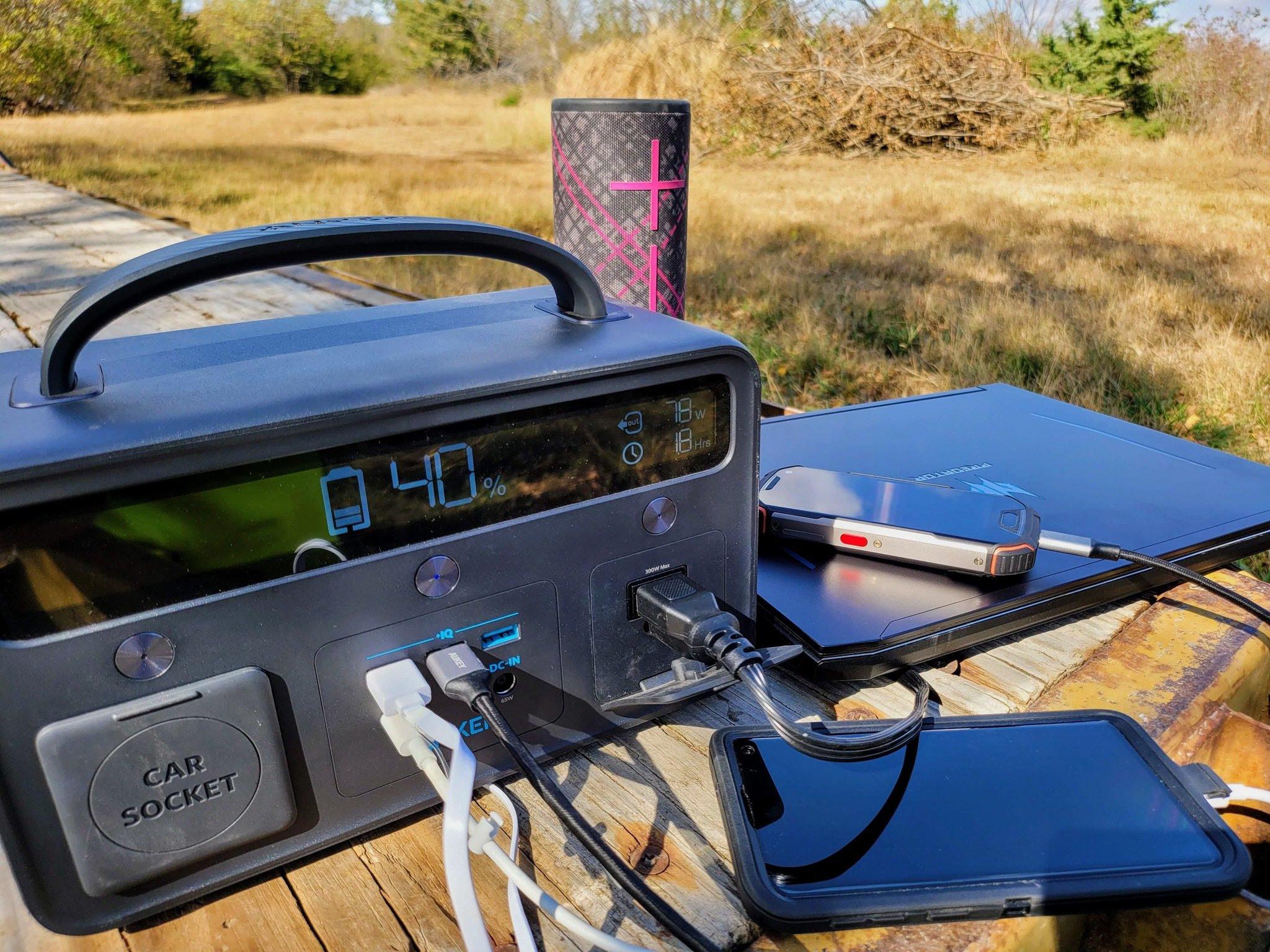
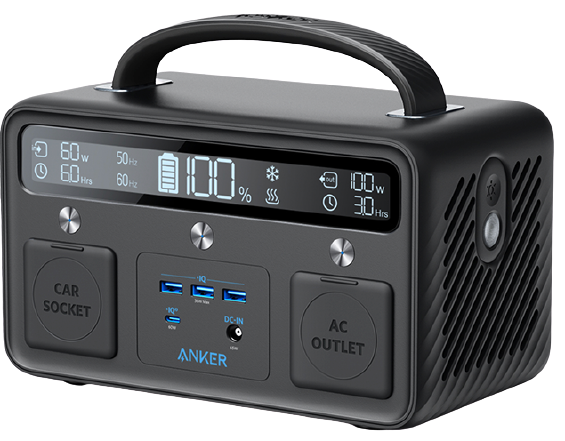
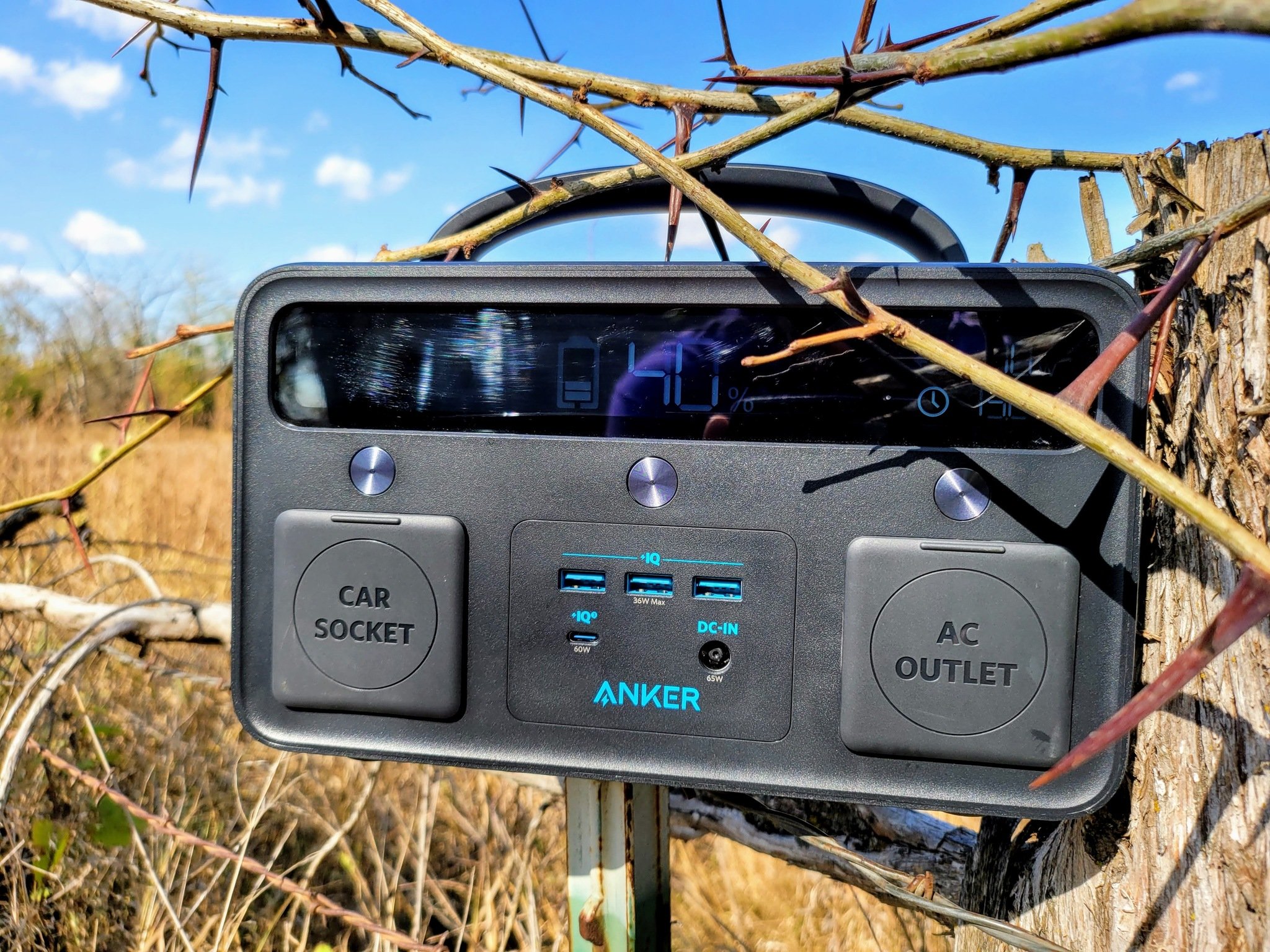
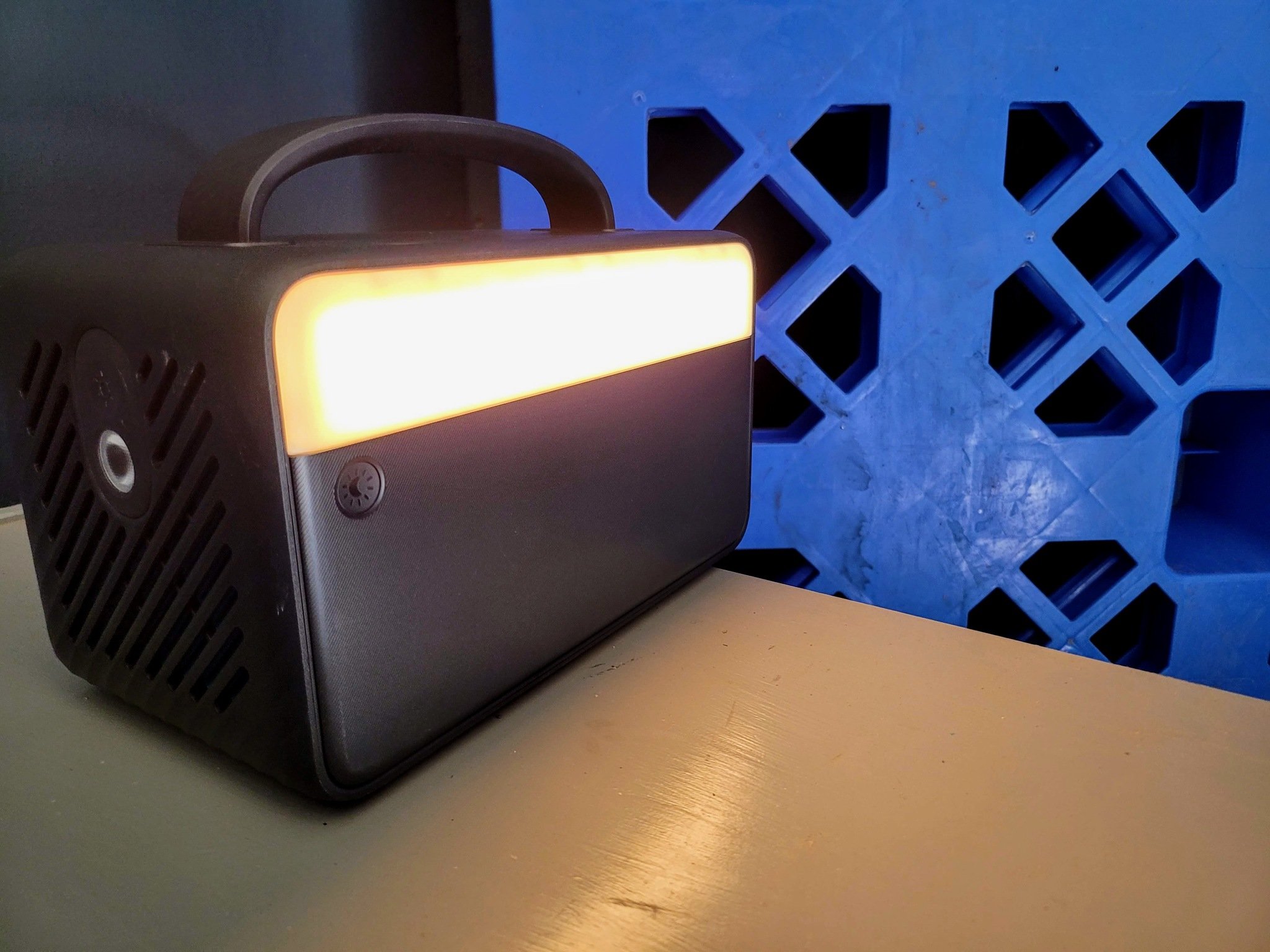
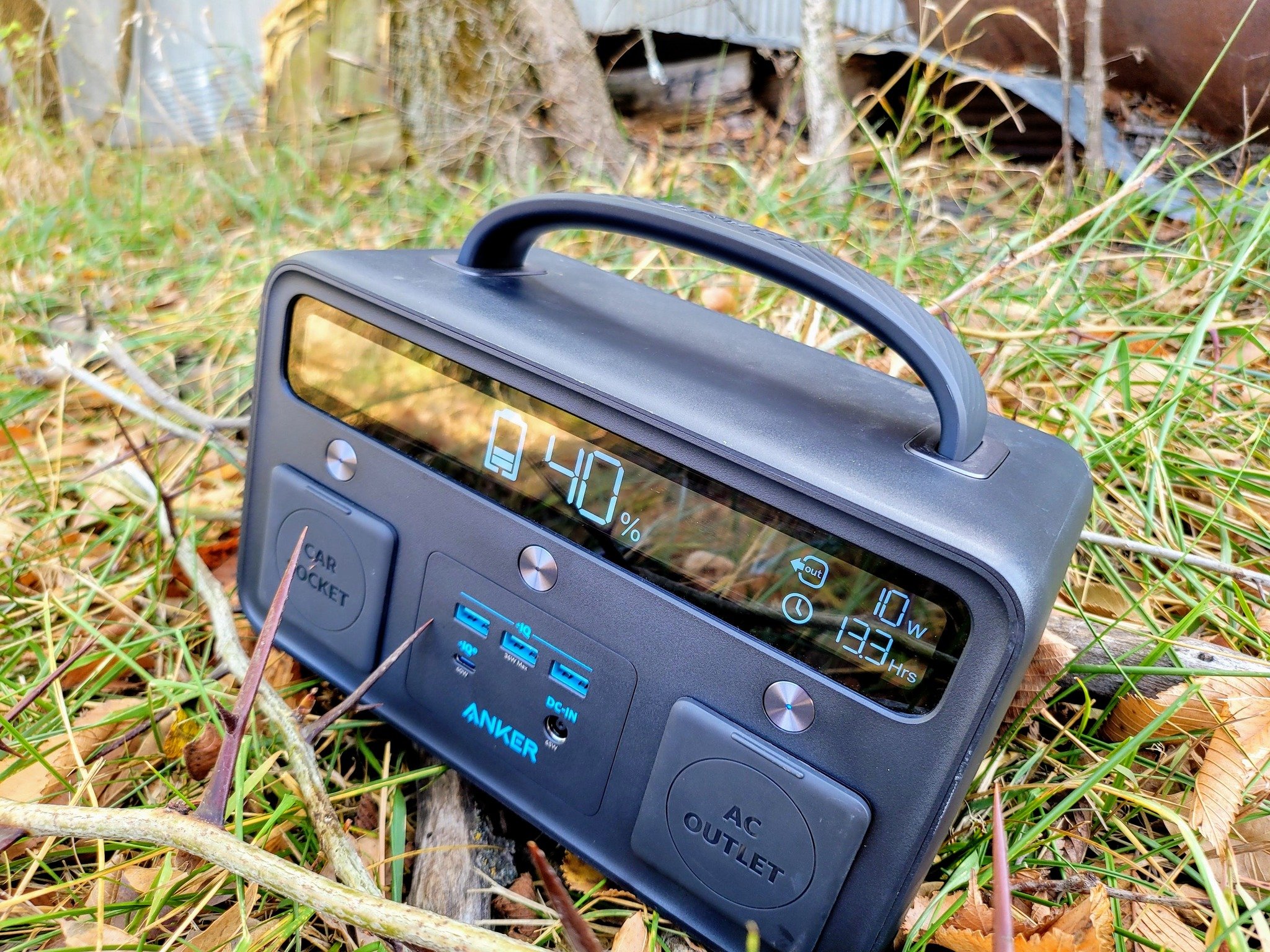
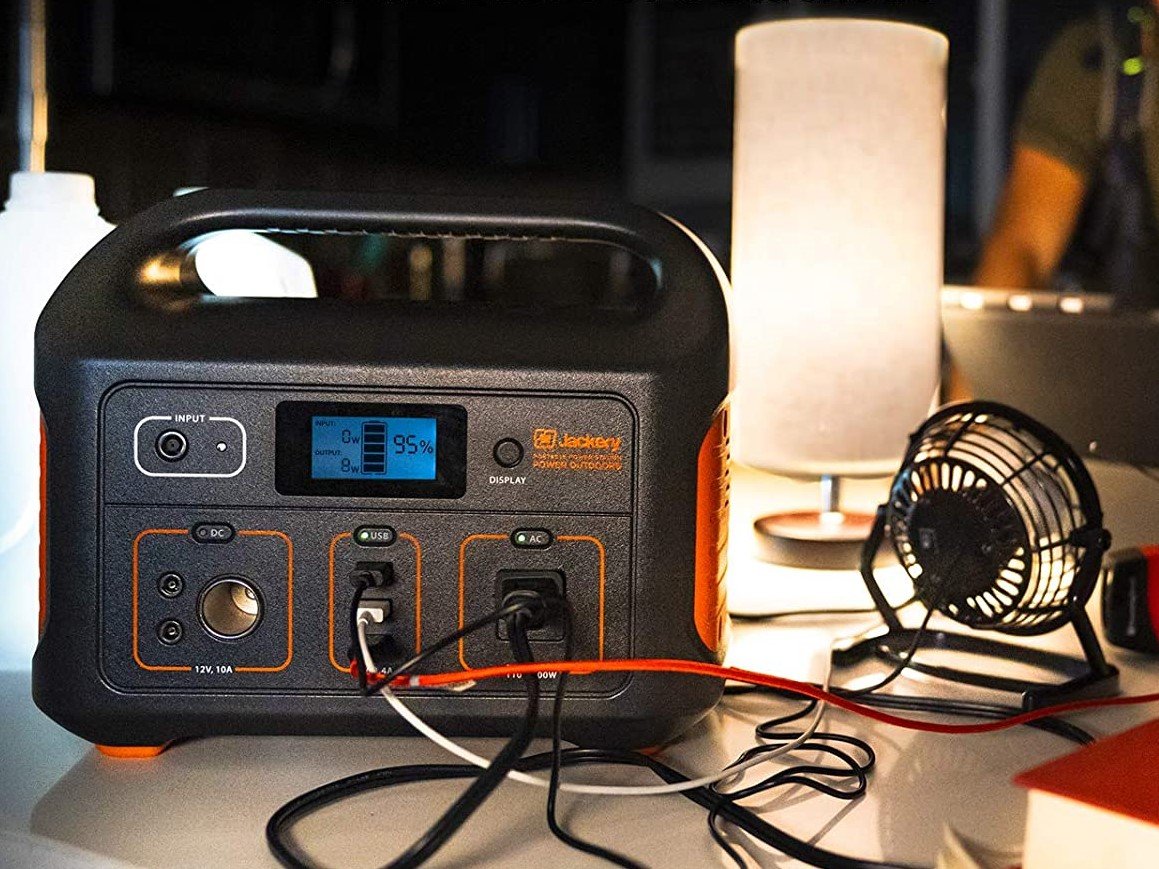
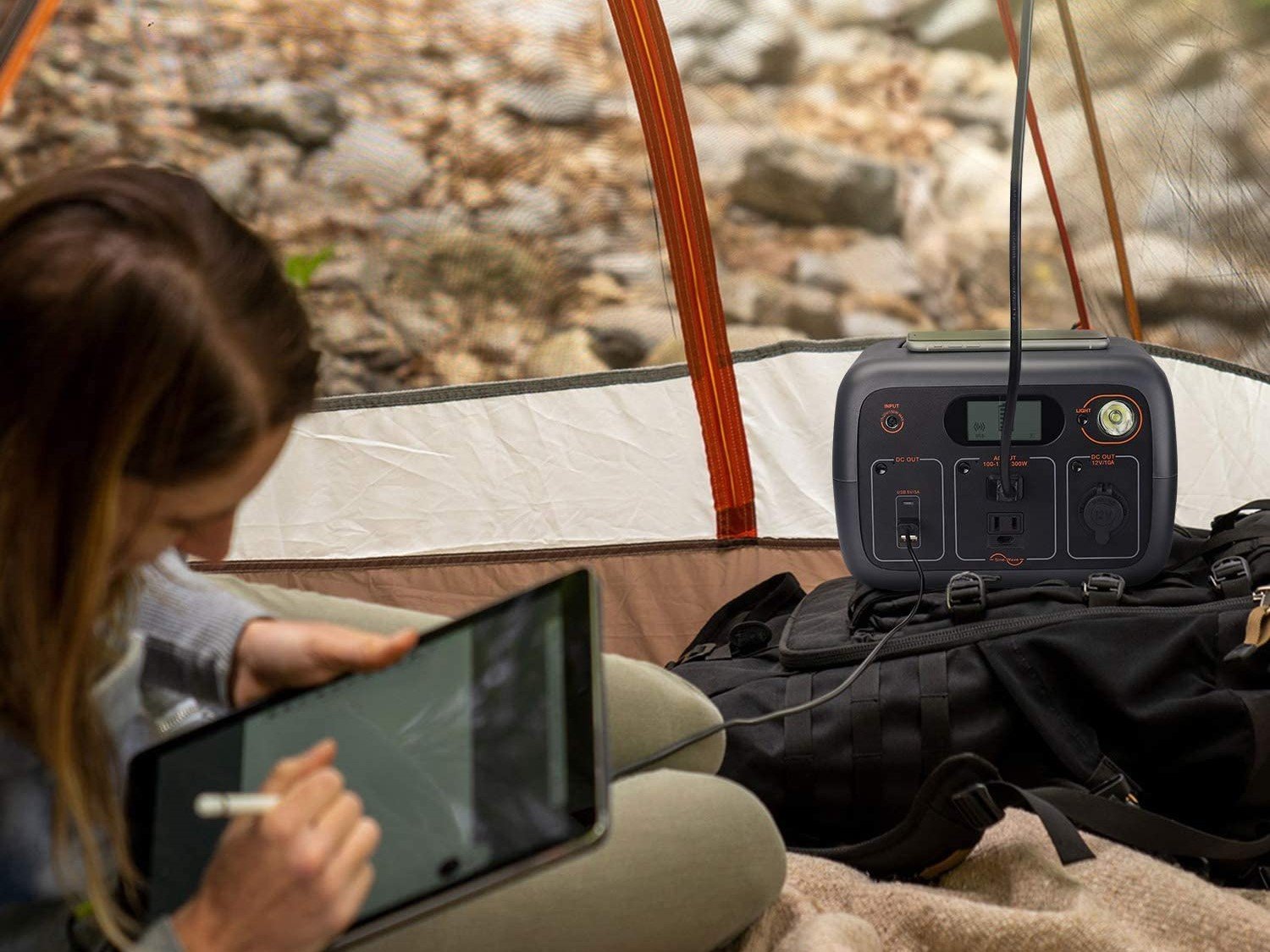
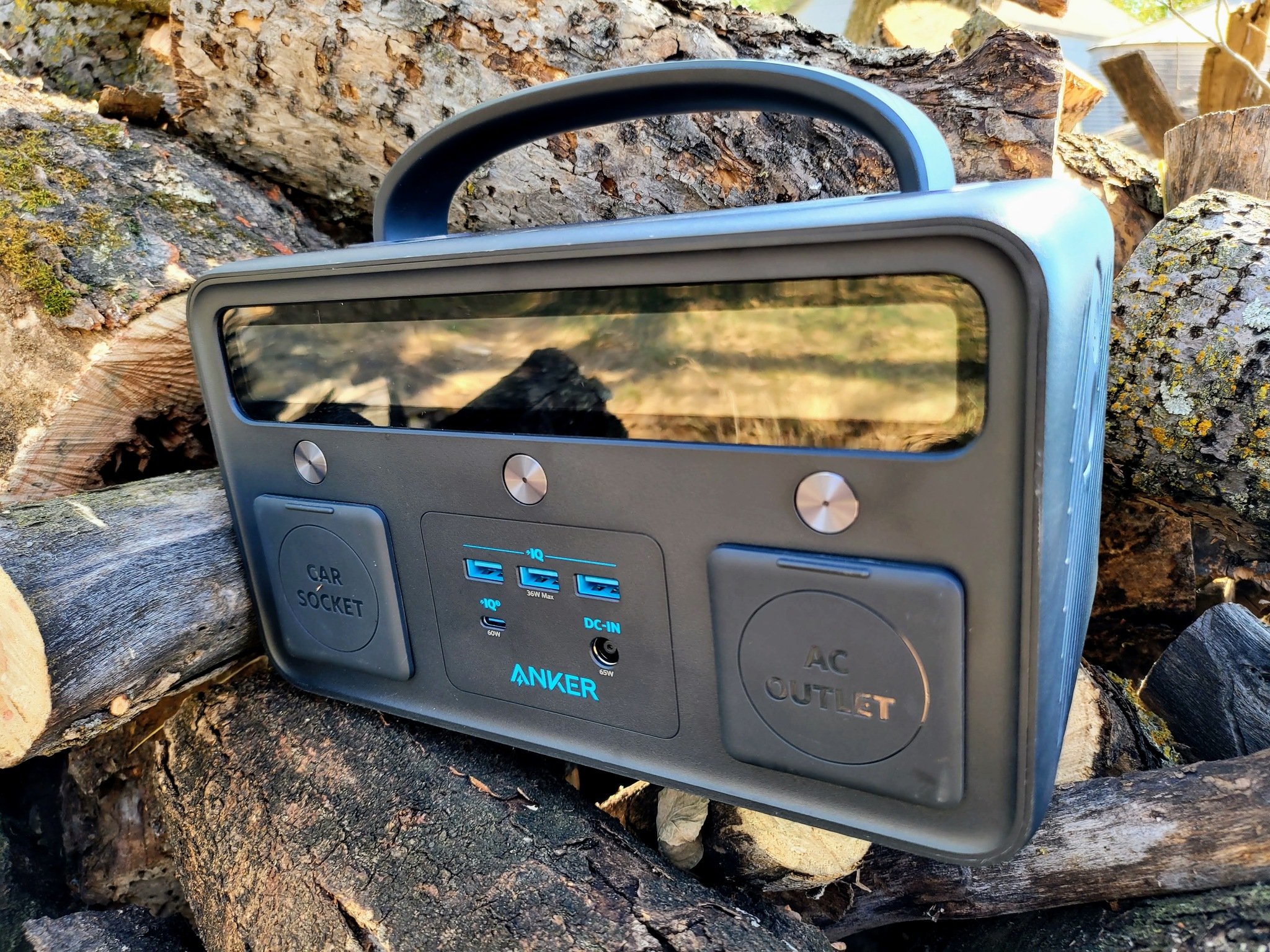
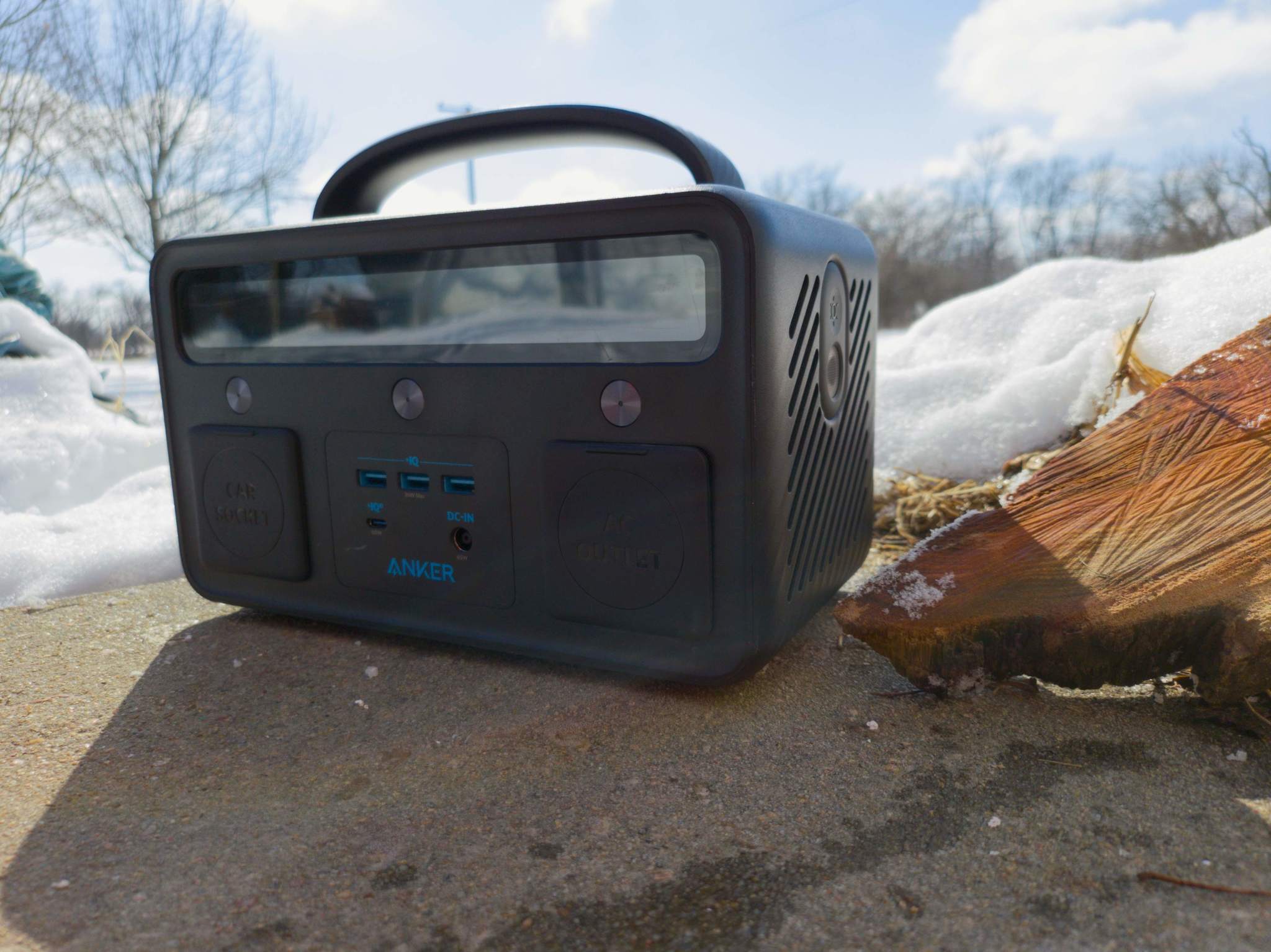


Post a Comment